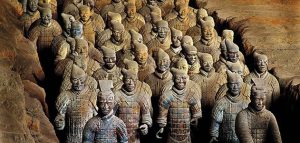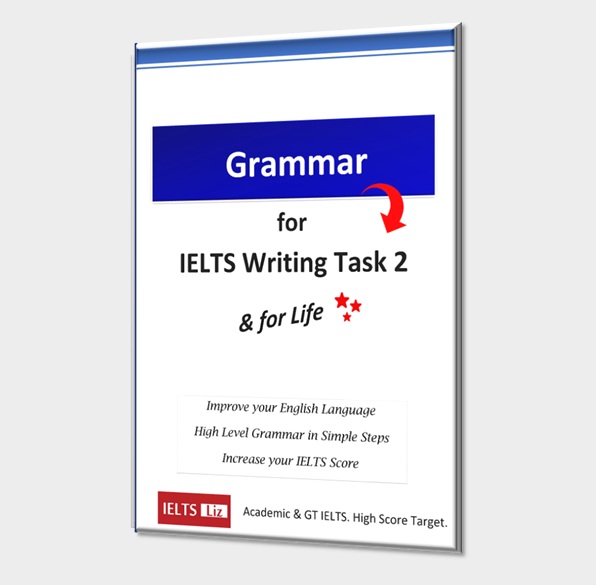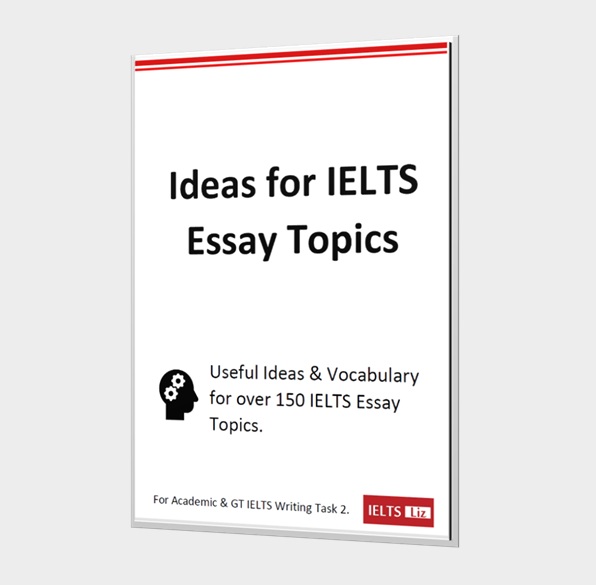Art is a common topic to get in IELTS writing task 2. Below is a sample essay question with ideas.
While some people think that art if an important subject for children to study, others think it is a waste of time.
Discuss both sides and give your opinion.
Ideas
Art is Useful
- art is a means of expression
- children need to learn to express their thoughts and feelings
- it is often easier for young children to draw pictures than to express complex feelings in words
- art is a creative form
- creative thinking should be developed
- creative thinking is beneficial later in life
Art is A Waste of Time
- there are other more important subjects that would benefit children for their future life
- the importance of technology, sciences and languages
- studying art does not lead to a successful career
- most artists struggle to make a living from selling their art
Opinion
- art is a valuable subject but should not be a main focus on any curriculum or detract from other more important subjects
- having a balance of subjects is the best way to help children develop a balanced character in life
Recommended






